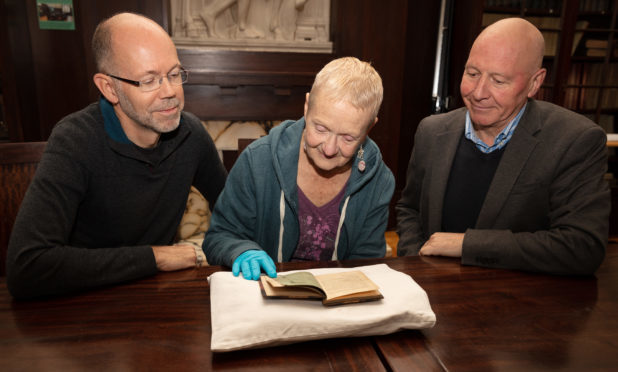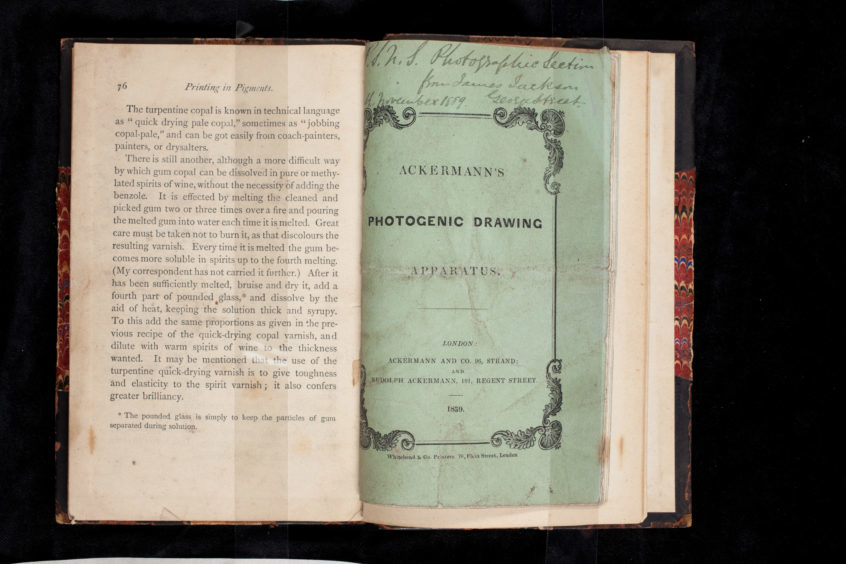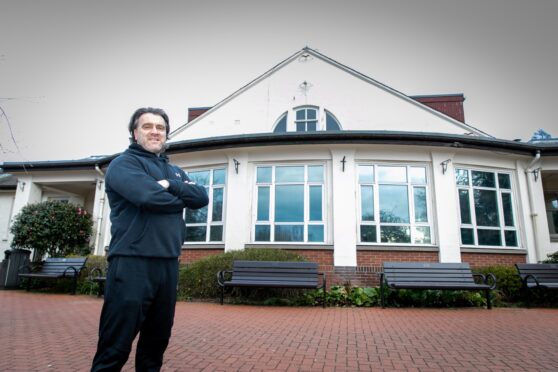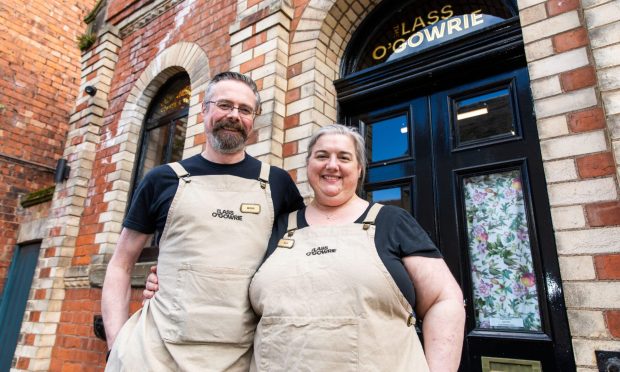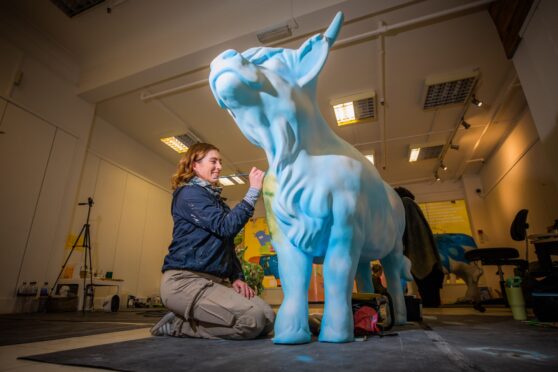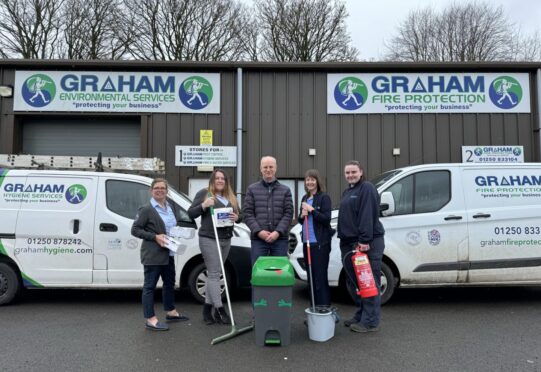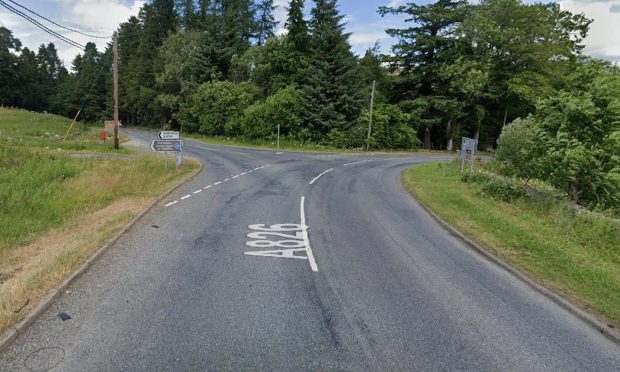A centuries-old pamphlet, believed to be the world’s first photography manual, has been unearthed in Perth.
The eight-page document was discovered during a stock-take of the vast collection of artefacts and papers held underneath the city’s museum and art gallery.
The booklet – one of only two surviving copies – is being included as part of a display of rarely-seen items for Doors Open Day.
The collection is owned by the Perthshire Society of Natural Science (PSNS), the group behind a successful series of natural history talks at the city’s AK Bell Library.
Society treasurer David Perry, who found the booklet, said: “For the last year or so, a group of volunteers from the society have been doing a stock-take of the society’s library, held in the Perth museum.”
The inventory check is being carried out before the city’s much-anticipated cultural shake-up, which will see the collection eventually re-homed in a purpose-built store, while the historic George Street museum gets a multi-million-pound overhaul.
Mr Perry said: “As moving premises is usually an opportunity for items to get lost, we are checking what is present so that we can know if anything is missing.
“A surprising discovery among the library’s collection is a copy of Ackermann’s Photogenic Drawing Apparatus: Directions for Use.
“This pamphlet was published in April 1839 and it was the first photographic instruction book to be printed.
“It accompanied a box of paper, a printing frame and chemicals for making ‘photogenic drawings’.”
The pamphlet explains how to use the apparatus to produce photographs according to famed inventor and photographer Henry Fox Talbot’s pioneering paper negative process.
The discovery of the pamphlet doubles the number of known copies in existence from one to two. The only other is in the collection of the Royal Photographic Society (RPS), from which a reprint was produced in 1977.. The RPS copy is now at the V&A in London.
Mr Perry said: “Our copy was unknown because it is bound together with another early photographic pamphlet – Photographic Printing, in Carbon and other Pigments – by a Perth photographer William Blair, published in 1869.
“Both pamphlets and the bound book were presented by Thomas Bourke, a Perth photographer, to the photographic section of the PSNS shortly after its formation in 1889.”
Local photographer Roben Antoniewicz, co-author of the Early Photographers of Perthshire, said the handwritten inscriptions show the Ackermann booklet has links with three local characters with strong photographic connections, including James Jackson – brother of distinguished photographer Magnus Jackson – Mr Bourke, a successful commercial photographer and railway stoker, and solicitor William Blair.
The booklet will go on show at the museum, alongside other times, from 11am to 5pm on Sunday, September 30. Members of the society will be on hand to answer questions.
